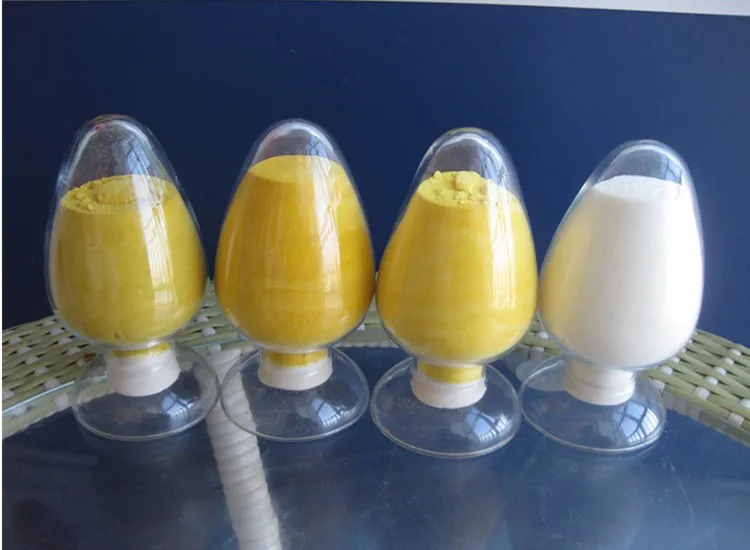Crop straw mainly includes wheat straw, rice straw, and corn stalks. After processing as follows, straw can be used as feed for cattle, sheep and other livestock. First, cut short cut is the simplest method of processing and stalk preparation. The length of straw should be determined according to the type and age of livestock. The cattle are cut into 3 to 4 cm with straw or wheat straw (first crushed), 2 to 3 cm from horses, quail and donkeys, 1.5 to 2.5 cm from sheep, and fed to old, weak and young animals. Cut shorter. Second, soaking and soaking can soften the straw and improve its palatability. This method can also remove dirt and other debris on the straw. The method is: add 3 to 5 kg of salt in 100 kg of water, and put the chopped straw in batches into the barrel or pool for about 24 hours. The soaked straw is preferably fed with 3% to 5% bran or fine seasoning before feeding. If 10% to 20% of high-quality leguminous or gramineous hay is added, the effect is better, but boiled salt must not be added. Third, urea ammoniated straw ammoniation can increase the crude protein content by 4% to 6%. Urea amination treatment method is: the straw or wheat straw cut to 5 to 10 centimeters, 4 to 5 kilograms of urea is fully dissolved in 40 to 50 kilograms of water, made a solution sprayed on 1 kilogram of straw (spray a layer loaded one Layer), and turn and step on solid, until it is installed in the pool mouth 30 to 50 cm, the top is tapered, and then seal the pool with a film. The ammoniating time is related to the ambient temperature. The lower the temperature is, the longer the ammoniating time is, usually 2 to 3 weeks in summer, 3 to 6 weeks in spring and autumn, and more than 8 weeks in winter. Ammonia can be taken after reaching the prescribed time. Each time a day's feed is taken, the removed straw should be spread out on a well-ventilated floor for 1 day until it is pungent. After the straw is used, the container should be sealed and the water in the outdoor pool should be prevented. All ammoniated straw can also be taken out and dried, then re-stacked and covered with a film in the room. Ammoniad mature straw has a soft texture, a brownish-yellow or light brown color, and smells aroma after releasing residual ammonia. If the color becomes white, gray, brownish black, sticky or agglomerate. There are pungent odors, etc., indicating that the straw has become mildewed and cannot be fed to livestock. Mildew is usually caused by high moisture content of the straw, loose seal, or no prompt drying after opening, and attention should be paid to the ammoniation process. IV. Lime treatment The digestibility of straw after lime treatment can be increased by 15% to 20%. Compared with feeding untreated straw, the calves treated with lime can gain 100-150 grams more per day, and cows can produce 1-1.5 kg more milk. The treated straw has less calcium and more phosphorus, so it is necessary to pay attention to phosphorus. Lime treatment can be soaked and sprayed. If the soaking method is used, the straw is generally cut into 3 to 5 cm long, placed in a concentration of 1% to 3% lime water, soaked for 2 to 3 days, and then taken out on a sloped ground for 1 day before use. The ratio of straw to lime water is 1:2 to 2.5. Adding 1% to 1.5% of salt in the straw to increase the palatability of the straw. Spraying method can also be adopted. That is, chopped straw is laid on the matted cement floor, sprayed with lime water several times, then stacked and softened, and taken after 1 to 2 days.
Water Treatment Chemicals
High purity Polyaluminum chloride PAC 30% supplier
1.PRODUCT APPEARANCE: APPEARANCE: The solid product is produced by the spray drying technology and the obtained product is light yellow, Corresponding liquid products is light yellow.
2.RAW MATERIALS:Domestic high-quality aluminium hydroxide,High-quality calcium aluminate,High-quality hydrochloric acid
3.USAGE: Drinking water treatment Treatment of high-purity water
4.Product Advantages:
1). Flocculation ability, high adsorption activity, floc formation and deposition of fast
2). Without alkali and other additives, PH broad in scope, ease of use; for low-temperature, low turbidity, low alkalinity of the raw water is also good flocculation
3).easily to use and good effective
5.Storage: The products shall be sealed and stored in the dry and ventilated place to prevent from rain ,high temperature and strong sunlight .
6.Application method:
1)The liquid product can be used directly or used after dilution.
Dilution is necessary before used for the solid product. The normal dilution ratio for the solid product is 5%-15%.
2)he specific dosage is based on the flocculation tests and trials by the users. The usual dosage of the liquid product is 3-40 g/ton, and of the solid product, 1-15 g/ton

Water Treatment Chemicals,Waste Water Treatment Chemical,Water Treatment Chemical
Shandong Tiancheng Chemical Co., Ltd. , https://www.tianchengchemical.com
